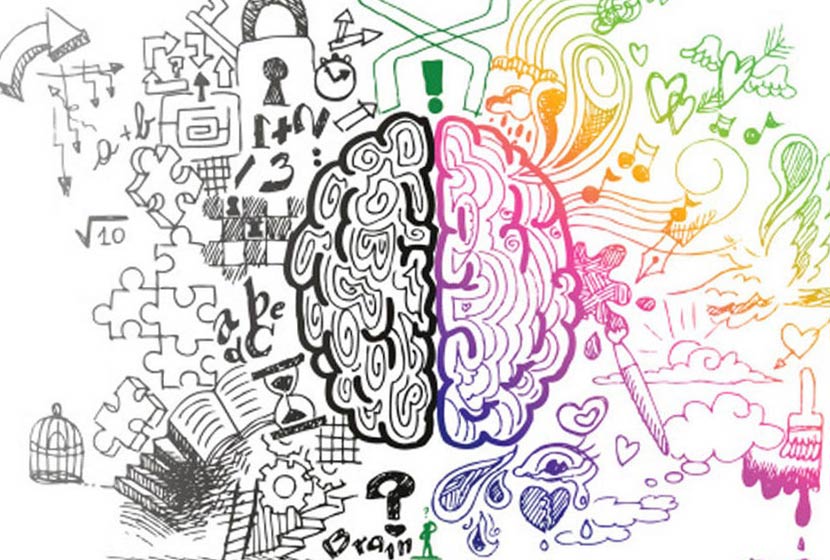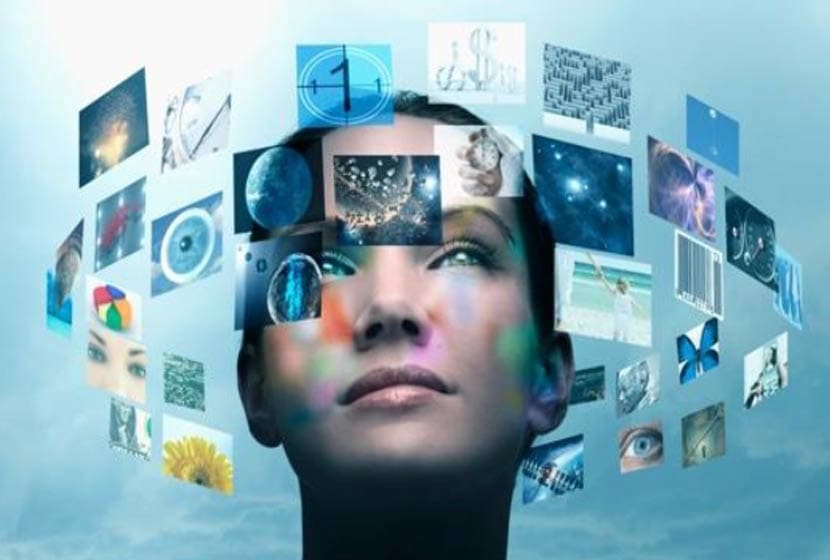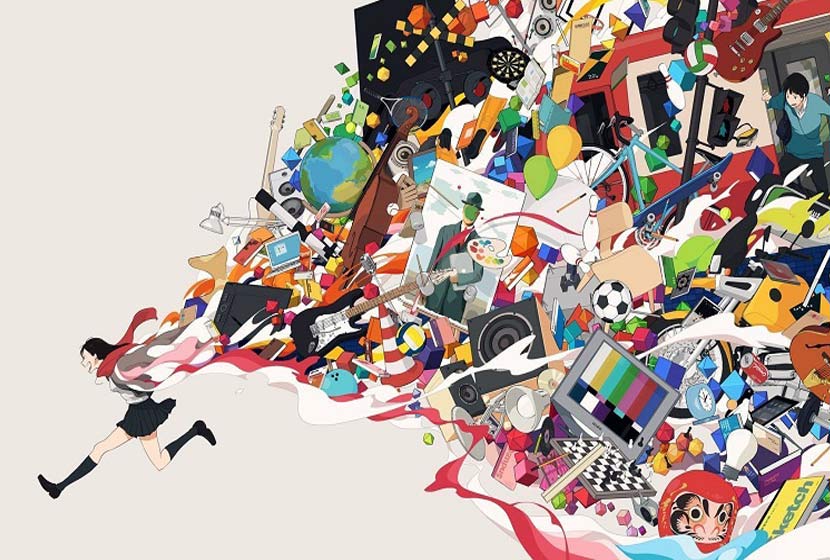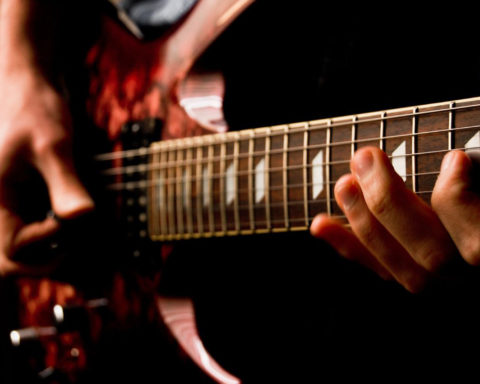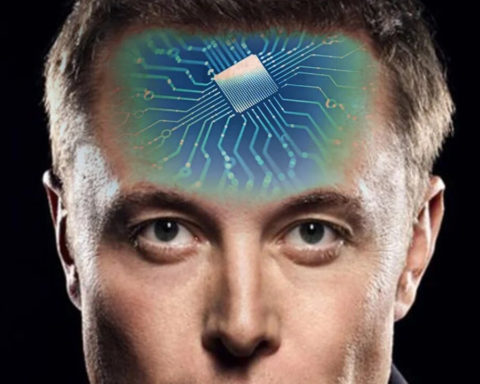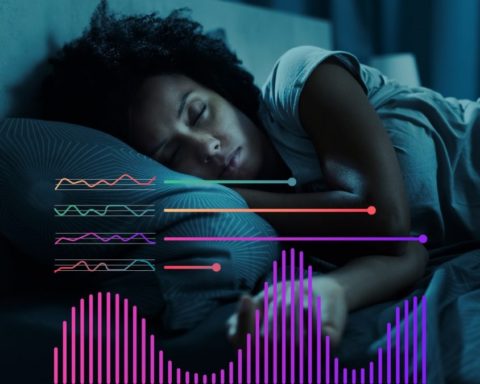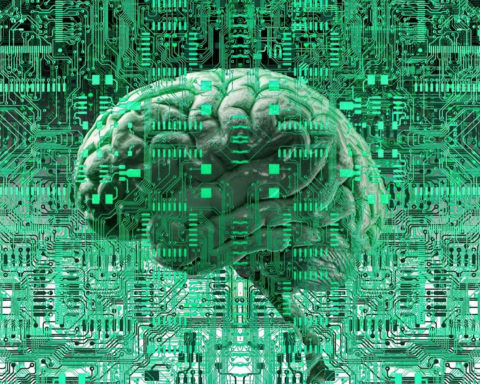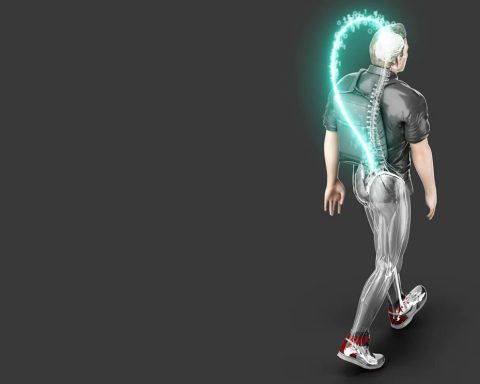Geniuses show the way to creative talent for everyone... Learning to resist routine habits, a challenge for the brain, a "strategic" resource for creative geniuses. Knowing how to imagine another way of thinking, making a move towards the unknown, accepting to give up acquired comforts...the brain is capable of this feat...yet society and education have, for the moment, poorly valued this potential.
Arequired new types of intelligence
François Taddei, biologist, founder and director of the Centre for Interdisciplinary Research (CRI), Alert to the vacuity of elite selection, based on the accumulation of knowledge and the ability to solve ordinary problems quickly. He argues that other forms of intelligence are to be preferred. We need elites capable of doing what others have not yet done, or better still, capable of defining problems that others have not perceived. For the philosopher Arthur Schopenhauer Talent hits a target that no one else can hit; genius hits a target that no one else can see". Disruption is at this price. Inventing new models also requires perceiving possibilities that no one has seen before.
The Importance of Questioning and Connectivity in the Brain
 Michel Habib (1)Dr. L. B. B., neurologist at the Timone University Hospital in Marseille, studied the cerebral particularities of scientific and artistic geniuses. Gifted people have a more plastic brain, thinning rapidly over the years and reflecting very rapid learning abilities. Connections between different areas are denser. Put another way, they communicate better and faster inside their heads. In addition, when they rest, the brain's connectivity remains active.
Michel Habib (1)Dr. L. B. B., neurologist at the Timone University Hospital in Marseille, studied the cerebral particularities of scientific and artistic geniuses. Gifted people have a more plastic brain, thinning rapidly over the years and reflecting very rapid learning abilities. Connections between different areas are denser. Put another way, they communicate better and faster inside their heads. In addition, when they rest, the brain's connectivity remains active.
Dean Keith SIMONTON, a professor of psychology at the University of California, wondered how geniuses solve problems. After highlighting the genetic aspect (20 %) of the potential of creative geniuses, he proposed a "reproducible" description of the brain mechanisms of these individuals. Strong creative abilities are associated with cognitive disinhibition. Cognitive and behavioural flexibility is required, from tolerance to ambiguity of change. Practising producing ideas of all kinds without evaluating them a priori, knowing how to go back and forth, going back to the starting point to take a new path, without being stubborn, while being pugnacious. Venturing into unknown territories and often retracing one's steps is a common trait of creative geniuses. Einstein, Picasso, Mozart..., are all explorers of the unknown. To find a new idea, you have to be prepared. Geniuses are experts in their field. Creative thinking requires two cognitive styles: one is controlled by classical mental patterns, the other gives access to unfiltered experience of the world around us.
Communicating better inside our heads... and with others
 As hard-working people, however, we can learn to exercise the same cognitive and emotional movements as geniuses. Creativity is a process that is studied, accompanied, encouraged and learned," says Taddei. There are methods and tools to acquire imaginative dexterity. Breaking out of traditional mental patterns, shifting attention to new perceptions, making oneself available for new evaluations, making connections between elements that seem to have none, all this is cultivated. This requires learning to unlearn - at least temporarily - submission to cognitive routines. Experimenting with the consequences of automatic mental patterns and learning how to neutralize them is indispensable. Motivation for research, the spirit of an explorer, moving without prejudice in a trial-and-error groping, memorization of experiences, acceptance of cognitive confusion, due to the informational micmac, allows the idea to emerge. The surprise of the evidence of the discovery, at the bend in the road, offers the reward to the astonished researcher. In a team or alone, each person has his or her own relational preferences. However, the creative being is never alone, he is inspired by his predecessors, he exchanges with his peers, he interacts with other disciplines. In the age of global interdependence, recognizing the power of connections and interactions - within one's own brain and with the brains of others - is at the heart of innovation.
As hard-working people, however, we can learn to exercise the same cognitive and emotional movements as geniuses. Creativity is a process that is studied, accompanied, encouraged and learned," says Taddei. There are methods and tools to acquire imaginative dexterity. Breaking out of traditional mental patterns, shifting attention to new perceptions, making oneself available for new evaluations, making connections between elements that seem to have none, all this is cultivated. This requires learning to unlearn - at least temporarily - submission to cognitive routines. Experimenting with the consequences of automatic mental patterns and learning how to neutralize them is indispensable. Motivation for research, the spirit of an explorer, moving without prejudice in a trial-and-error groping, memorization of experiences, acceptance of cognitive confusion, due to the informational micmac, allows the idea to emerge. The surprise of the evidence of the discovery, at the bend in the road, offers the reward to the astonished researcher. In a team or alone, each person has his or her own relational preferences. However, the creative being is never alone, he is inspired by his predecessors, he exchanges with his peers, he interacts with other disciplines. In the age of global interdependence, recognizing the power of connections and interactions - within one's own brain and with the brains of others - is at the heart of innovation.

(1) Dr. Habib wrote:
– The Constellation of Dys. Neurological basis of learning and learning disabilities. Release May 2014
– Music and brain: New concepts, new applications - March 2012
![]()
- Brain & Psycho: Think like a genius. N°66 November-December 2014
- François TADDEI, Collaborative practices in education, Paris-tech review, April 2015

